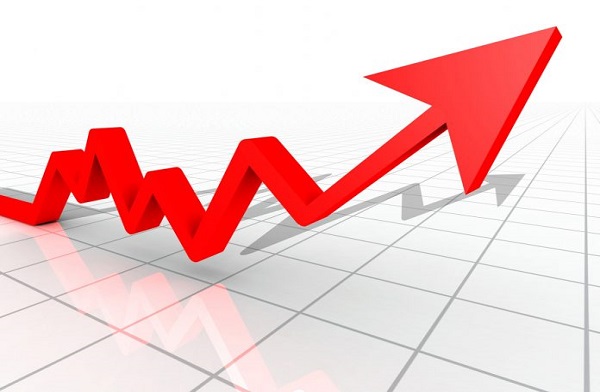The Monetary Policy Committee of the Bank of Ghana has increased its Policy Rate by 50 basis points to 30%.
This increment is targeted at stemming the rising inflation. Since November 2021, the Central Bank’s key lending rate has gone up by 15.5%.
Despite the increase in the policy rate, lending rates are not expected to go up. This is because the cost of credit has been trending downwards contrary to the expected hike.
The Governor of the Bank of Ghana, Dr. Ernest Addison said Ghana’s macroeconomic framework requires decisive tightening from both the fiscal and monetary side to anchor inflation expectations firmly on a declining path.
This is because the risks to the inflation profile are judged to be elevated driven by second round effects of food prices. Inflation has persistently hovered around 42% throughout the second quarter of 2023 even though the central bank financing has been eliminated in the first six months of the year.
“Underlying measures of inflation have all ticked up in May 2023. While core inflation ticked up, businesses expectations of inflation remain flat at an elevated level. Although inflation is expected to decline in the near-term, baseline forecasts show a slightly higher elevated profile in the year ahead, which, if not contained, could embed in underlying inflationary pressures”, he explianed.
This, Dr. Addison said is important that policy responds appropriately and decisively to prevent these risks from becoming embedded and consequently derail the disinflation process.
Government fiscal policy implementation in line with IMF programme
The Governor also said the government’s fiscal policy implementation for the first five months of the year has been broadly in line with the International Monetary Fund supported programme, adding, “the primary fiscal balance is moving in line with expectations and Governments recourse to central bank financing has been eliminated thus far”.
Again, the implementation of the IMF supported Extended Credit Facility programme for the first six-months of 2023 is broadly in line with the Performance Criteria targets for June 2023.
Interest rates show mixed trends
On the money market, interest rate movements showed mixed trends at the short end of the yield curve.
The 91-day and 182-day Treasury bill rates decreased to 21.77% and 24.58% respectively, in June 2023, from 24.15% and 25.55% respectively, in the corresponding period of 2022.
The rate on the 364-day instrument, however, increased to 28.66% in June 2023 from 27.14% in
June 2022.
The Interbank Weighted Average Rate increased to 26.01% in June 2023 from 19.92% in June 2022, underpinned by the increases in the Monetary Policy Rate over the period.
Source: Myjoyoline

